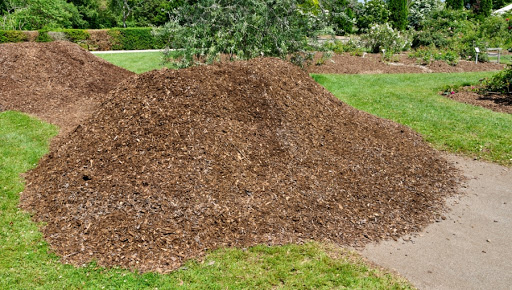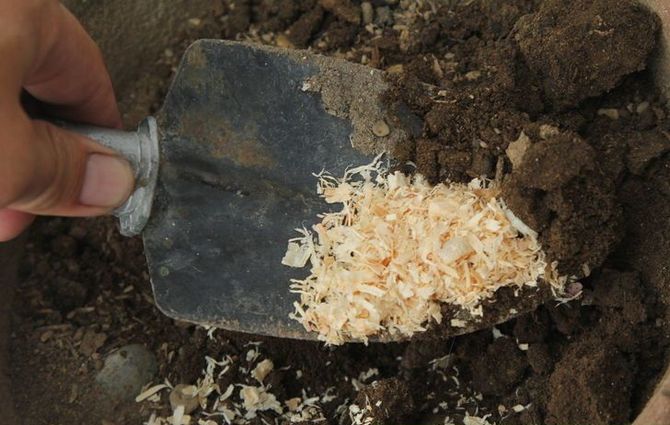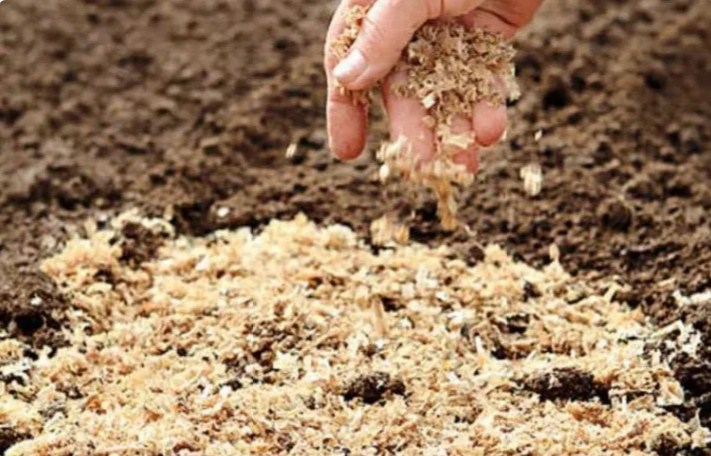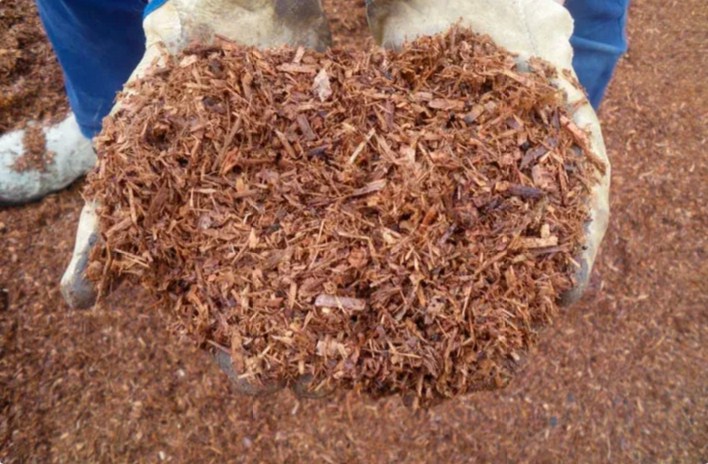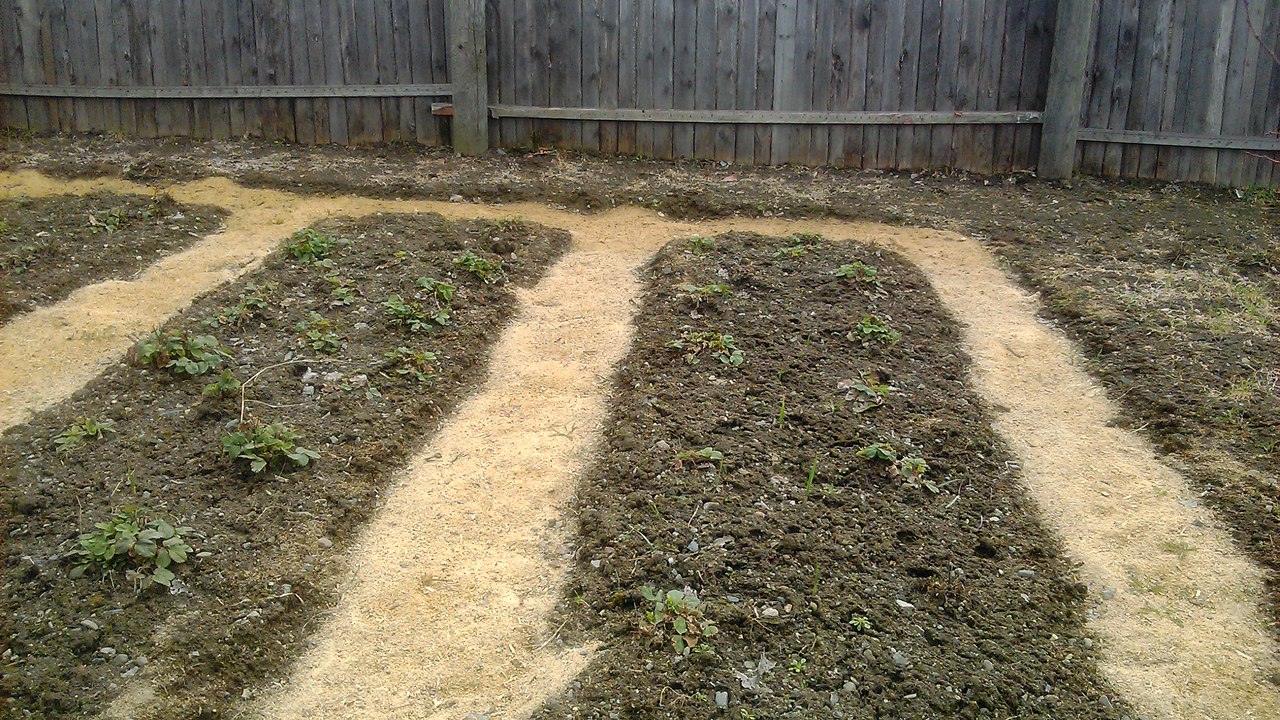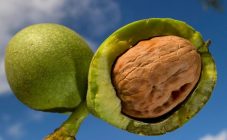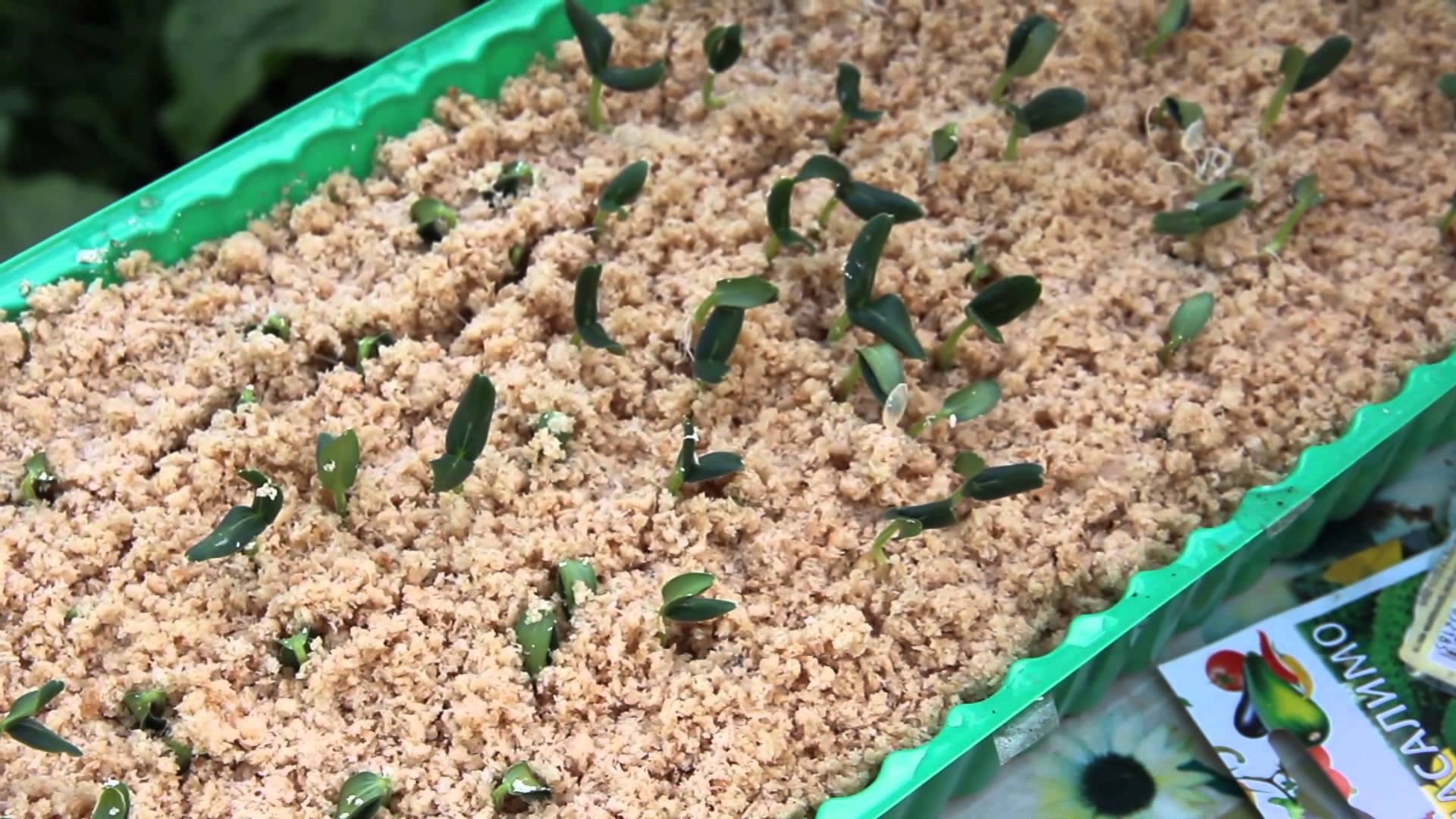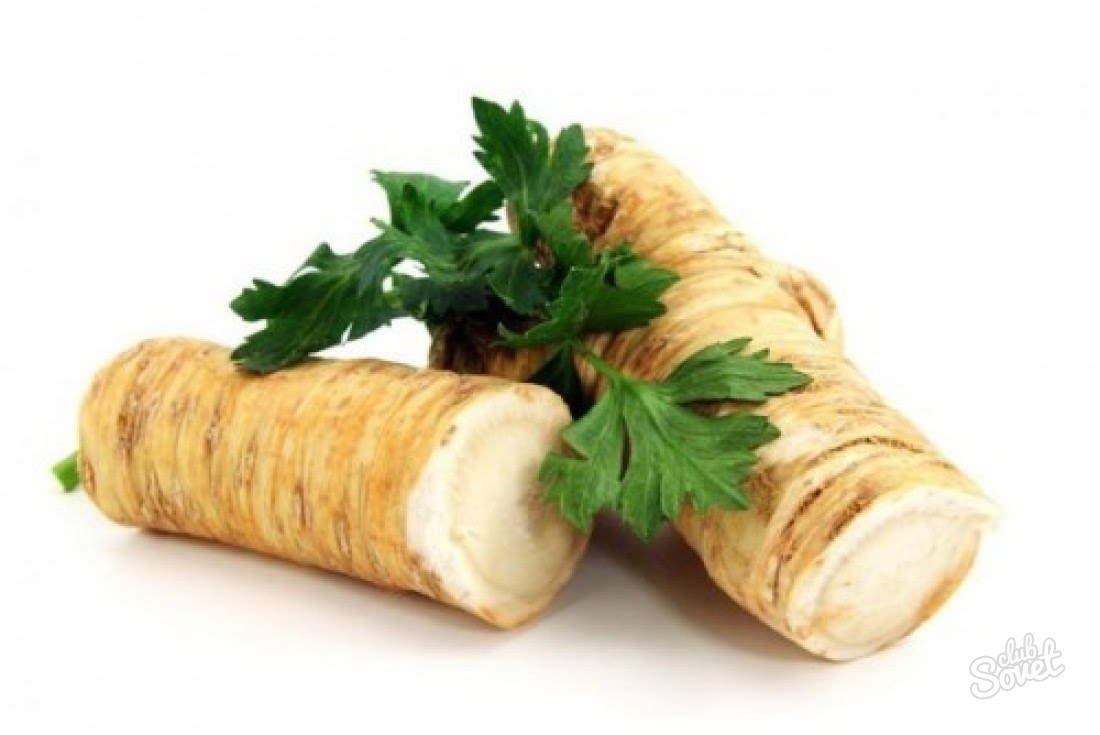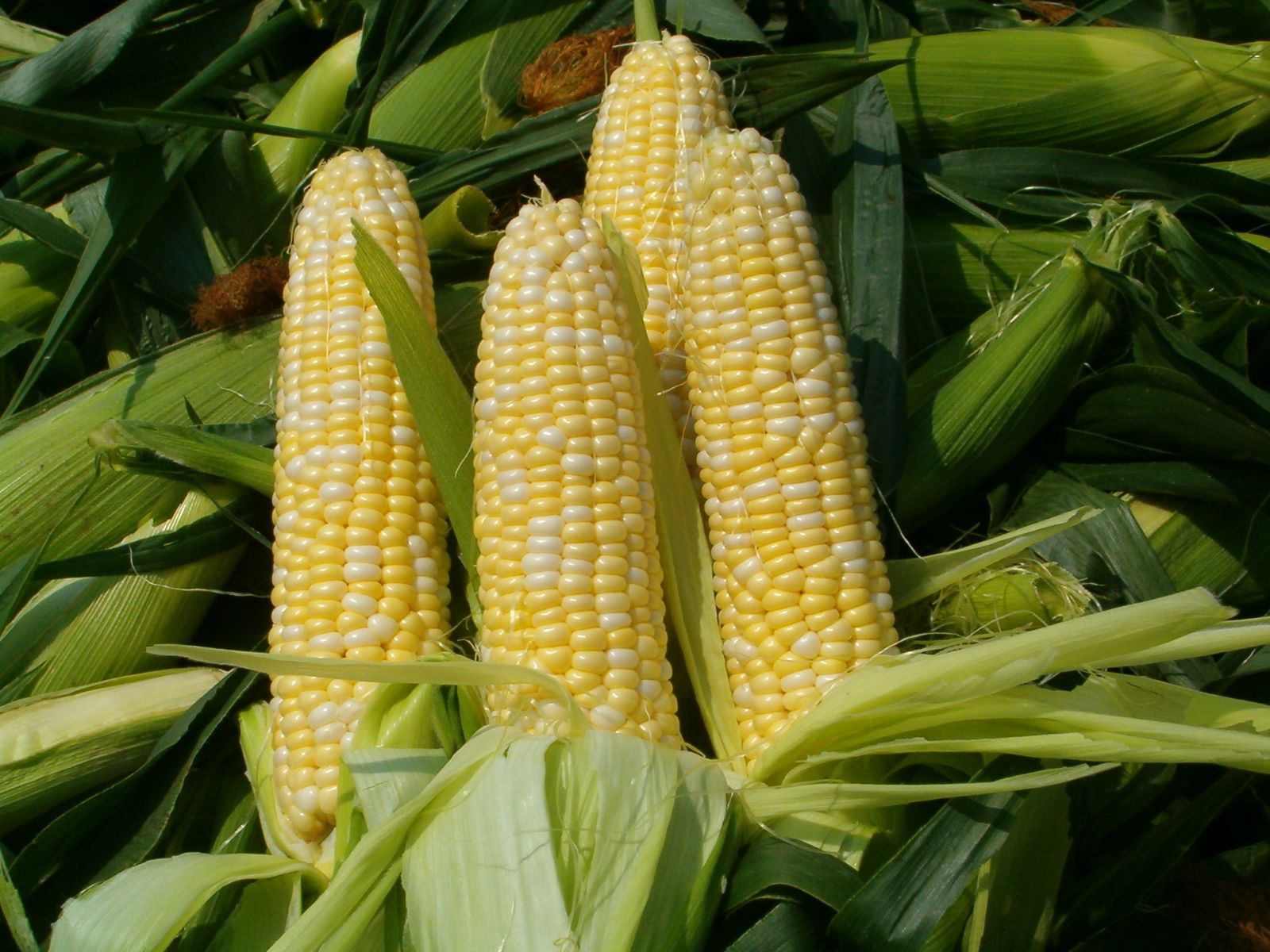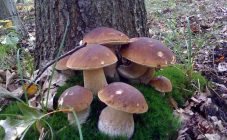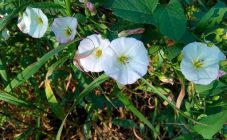Content:
Summer residents who regularly perform construction work accumulate a large amount of sawdust over time. Not everyone knows that sawdust is not just waste, but also a good fertilizer, besides free. Therefore, the sawdust should not be thrown away; it can be used for useful purposes.
Mulching
Mulching is a technique that allows you to retain moisture in the soil, maintain a constant temperature in it, and protect it from weeds.
Fresh sawdust is not suitable for mulching, only rotted sawdust is good. But it is not necessary to wait for the sawdust to grind. To prevent soil acidification, urea is added to sawdust, it neutralizes the negative effect.
Mulching is carried out in early summer, sawdust is introduced into the soil in a thin layer. The worms and loosening will do the trick and spread the fertilizer throughout the soil.
Raising the beds
Low-lying beds can be raised with sawdust. To do this, paths are dug near the beds, the resulting trenches are covered with sawdust, and excess land is added to the beds, raising them higher. This method of using sawdust implies several benefits at once: the bed retains moisture, rotted sawdust can be used to fertilize it, and additional protection from weeds appears.
Use in strawberry beds
You can cover a strawberry bed with sawdust, then the berries will not come into contact with the ground and rot. When a thick layer of sawdust is applied in the fall, the plant will be protected from freezing. It is also a good weed control method.
Composting
Sawdust mixed with manure and bird droppings is an excellent fertilizer. They must be allowed to lie down for a year, periodically wetting and covering with a film. You can add foliage, grass cuttings, hay, kitchen waste to the compost.
If there is no manure, and the sawdust is fresh, it is necessary to add urea to them. Soil and water added to the compost heap will speed up fertilization.
Use in greenhouses and greenhouses
Indoor ground certainly needs sawdust. The fertilizers sprinkled with them warms up many times faster, and the heated soil is just what is needed for a good harvest. In the fall, the beds are fertilized with straw, leaves and tops, and in the spring you can bring in fresh manure with lime and sprinkle it with fresh sawdust.
When using fresh sawdust, it is necessary to mix them with fresh manure, the sawdust will take away excess nitrogen from it. And when using rotted manure, only rotted sawdust is used.
You can speed up the overheating of sawdust by adding urea, water, kitchen waste or slurry.
Helping seed germination
Lying sawdust is an excellent substitute for soil in seed germination. They are very loose, and this allows the plants to root well. This method of germination is also good because it will be very easy to transplant the germinated plants. The main thing is not to overexpose the plants in sawdust, because they do not have the necessary nutrients.
